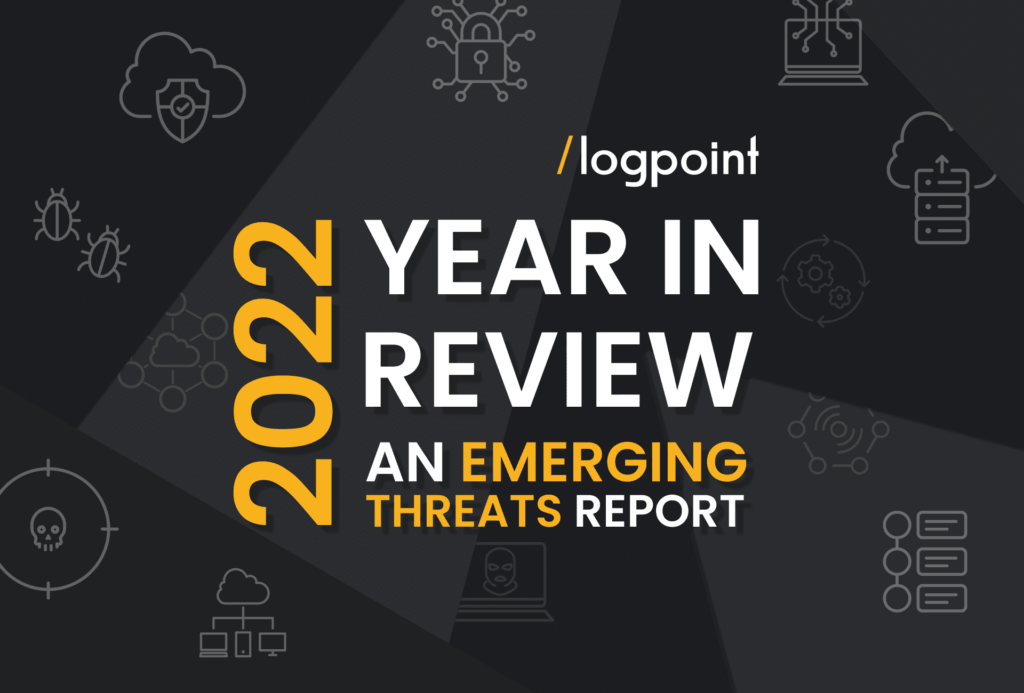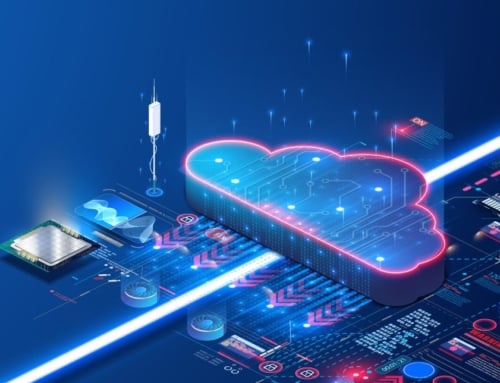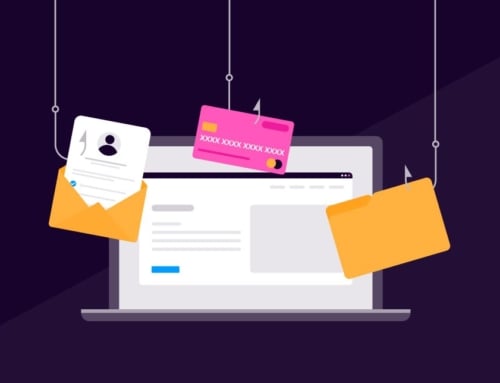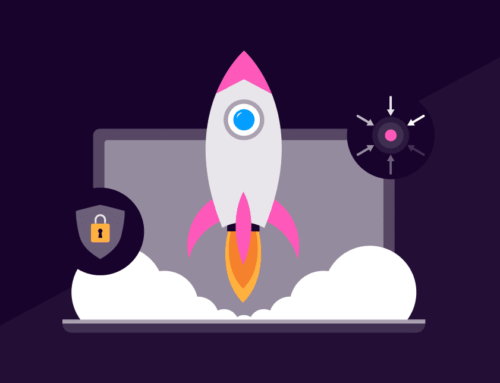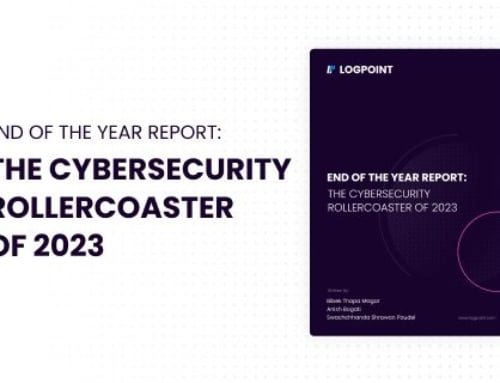SAP is one of the largest software companies in the world, providing enterprise application software across industries. Based in Germany, SAP software is used by 92% of Forbes Global 2000 companies, including organizations distributing 78% of the world’s food and 82% of the world’s medical devices.
And so, as the saying goes when you have a task of great importance to carry out, something that takes a lot of planning, organizing, and execution, and if it goes wrong… Well, that’s not going to be too good for anyone, and so, “time to get your ducks in a row“. This is one of those times.
Given its ubiquity in such a variety of essential markets, SAP systems hold a vast amount of sensitive personal data, ranging from financial to medical information, and are critical to business-critical systems. This fact means that SAP systems need to be kept up-to-date as best and efficiently as possible, and at all times in order to ensure the continued security of this data.
To this end, SAP was planning to migrate to SAP S/4 HANA, the newest version of its software, by 2025. Doing so would mean a planned end of support for:
- ERP 6.0
- Customer Relationship Management 7.0
- Supply Chain Management 7.0
- Supplier Relationship Management 7.0 applications
- Business Suite powered by SAP HANA
However, instead of ending support in 2025, SAP has pushed this deadline back to 2027. This is in an attempt to give customers more time to complete the migration across to the new software, safely and securely.
Why does the SAP 2027 migration date matter?
This new migration date gives companies more time to complete the switch over to the new SAP systems. This will hopefully ensure that the migration goes as smoothly as possible and that no customers are left without support or at risk of losing data.
However, despite the extended date, some companies are still reluctant to make the switch. Many current customers are concerned about business disruption, potential data losses, and the support that SAP is going to provide both during and after the migration. These fears have led to a number of companies either refusing to make the switch or delaying their migration efforts while they wait for more clarity.
We’re here to tell you that businesses shouldn’t wait to get their SAP migration plans in order. The longer that you wait, the more difficult it will be to find an implementation partner for the upcoming migration. With so many companies set to be moving across to the new systems, prices will only continue to rise for implementation partners and resources, as demand outstrips supply.
How to start preparing for the SAP migration 2027
There are several activities you can do today to start preparing your business for the migration across to the new SAP systems in 2027.
Archive your data
The first step in preparing for the migration is to archive all of your data — or at least as much as is practicable.
Archiving your data is crucial to ensure that nothing is lost or corrupted during the migration. If you have a full archive of any and all data that you might need, in the case of the worst happening you will always have a backup to restore from. Completing this extra step now can potentially save a great deal of time, money, and resources in the future should anything go awry.
At this stage, you are also able to see if there is any data that does not need to be migrated. This data can potentially be removed ahead of time to make your migration easier.
Review the data you need to transition
Once you have a full archive of all of your data in place, now is the time to review the data that you need to transition.
Do a comprehensive overview of exactly what you need to transition, what you don’t (as mentioned above), and which data is a priority. By having a comprehensive understanding of exactly what needs to be migrated and when you can start to put a plan in place in order to ensure that the migration proceeds as smoothly as possible.
Do as many S/4HANA Readiness Checks as you can
Consider performing as many readiness checks as possible before the migration takes place. This will ensure that every part of your system is in a place to move across to the new software.
There are many ways to prepare your systems, such as reviewing your code to check it is compatible with the new software, upgrading to Unicode, and reworking your interfaces. As with the other steps, a bit of work now will pay dividends once it comes time to transition to the new SAP systems.
Trust us to help facilitate your migration
Data transitions always come with a certain degree of vulnerability, which is why many companies are reluctant to start the process. But with Logpoint BCS for SAP, we can help facilitate a secure migration across our four SAP security solutions and other SAP services. Our solutions facilitate you in your need to be fully compliant with GDPR, NIS2 and other privacy and compliance regulations and will ensure that your business-critical systems are secure.


